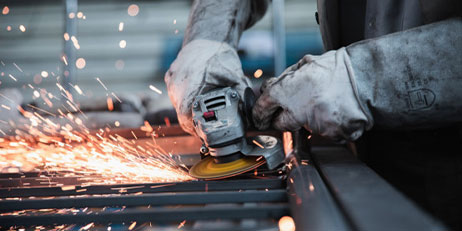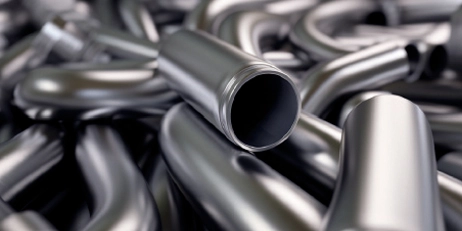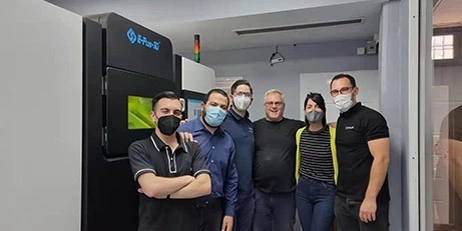
3D printing is leading the lightweight process in many industries. Such as automotive, aerospace, it can make everything become lighter. So what is lightweight, what are the benefits of lightweight and how can 3D printing achieve lightweight?
1. What is lightweight?
Lightweight is a manufacturing concept that reduces the weight of industrial parts and products while maintaining or enhancing their strength and mechanical properties. At present, many industries are carrying out lightweight work based on 3D printing.
2. The advantage of lightweight
Reduce material consumption, waste and save cost.
Optimize component structure for higher performance.
In traditional manufacturing, material waste is a major headache for manufacturers, with over 40% of manufacturing costs related to materials. In fact, design can optimize the structure of parts and reduce the loss of materials, such as using hollow structure, crystal structure and so on. However, such a structure is very difficult to be processed by traditional technology, which is an expensive and time-consuming process. 3D printing can easily achieve such structures, thus reducing weight.
To the terminal product, the weight reduced means the cost of transportation reduced too. As a result, almost every industry can enjoy the cost reduction which brought by lightweight. The industries which most enthusiastic about lightweight are aerospace and automotive.
3. How to achieve lightweight by 3D printing
In order to achieve lightweight by 3D printing, there are two main ways: structural optimization and novel design. The key advantage of 3D printing is design freedom. It provides a basis for structural optimization and novel design.
Through structural optimization, as much material can be removed from the parts as possible while maintaining the same function. In essence, the structure is optimized to take into account the geometry of the parts, so it consumes as little material as possible, at the same time it is still providing similar or higher performance.
Through novel design, under the premise of ensuring the common products, designers can try the latest product design and optimize the product constantly.
It is easy to find that with these two methods, it is possible to combine multiple complex geometries or parts into a single design, and print production directly. This kind of structure is difficult to achieve by traditional techniques, it can only be made by 3D printing.
Take hydraulic manifolds for example, after Eplus 3D engineer's design and printing by Eplus 3D printer, The weight of the hydraulic manifolds is reduced from 1.5 kg to 0.98 kg, the weight loss is up to 35%. The volume is reduced from 535 cm³ to 116 cm³, the volume reduction is up to 78%.

(Hydraulic Manifolds of which flow channels are optimized / Hydrodynamic analysis of curved flow channel)
3D printing plays a more and more important role in our daily life and in all kinds of industries. Eplus3D is committed to the research of 3D printing technology and will continue to pay attention to the information of various industries. Welcome to contact Eplus3D for more tailored AM solutions!

























